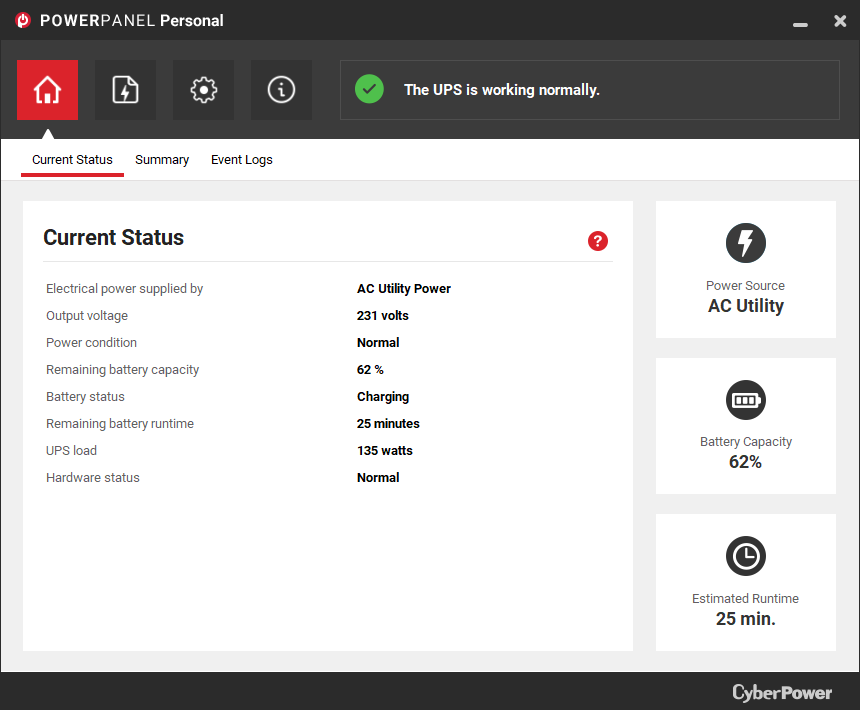- Joined
- Jul 25, 2006
- Messages
- 14,292 (2.06/day)
- Location
- Nebraska, USA
| System Name | Brightworks Systems BWS-6 E-IV |
|---|---|
| Processor | Intel Core i5-6600 @ 3.9GHz |
| Motherboard | Gigabyte GA-Z170-HD3 Rev 1.0 |
| Cooling | Quality Fractal Design Define R4 case, 2 x FD 140mm fans, CM Hyper 212 EVO HSF |
| Memory | 32GB (4 x 8GB) DDR4 3000 Corsair Vengeance |
| Video Card(s) | EVGA GEForce GTX 1050Ti 4Gb GDDR5 |
| Storage | Samsung 850 Pro 256GB SSD, Samsung 860 Evo 500GB SSD |
| Display(s) | Samsung S24E650BW LED x 2 |
| Case | Fractal Design Define R4 |
| Power Supply | EVGA Supernova 550W G2 Gold |
| Mouse | Logitech M190 |
| Keyboard | Microsoft Wireless Comfort 5050 |
| Software | W10 Pro 64-bit |
Why would I buy a high wattage dedicated UPS for a regular inkjet printer?
 Please follow the chronological order of the posts.
Please follow the chronological order of the posts. You didn't tell us you have an Inkjet until AFTER I recommended a separate high wattage UPS for the printer - because at that time, for all we knew, you could have had a laser.
And because you keep talking about having your printer on the UPS. So you don't need a high wattage but if you must have print capability during a power outage, then a separate UPS would be good - considering your other hardware too.






